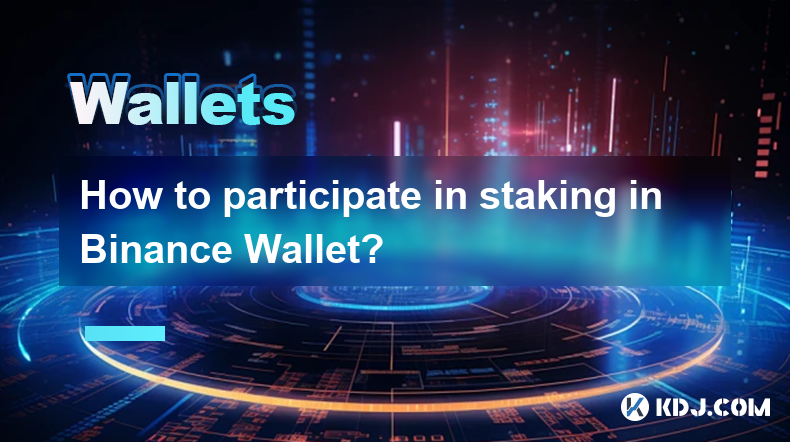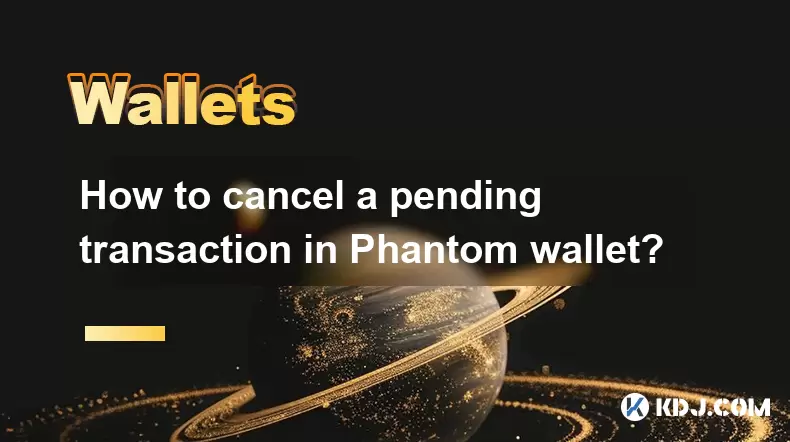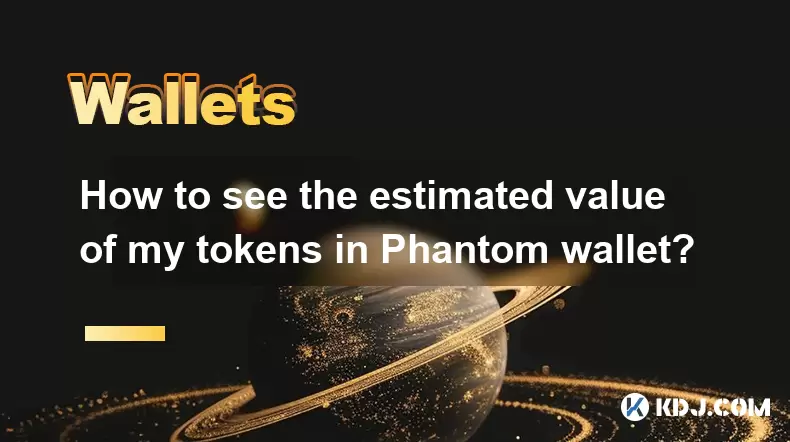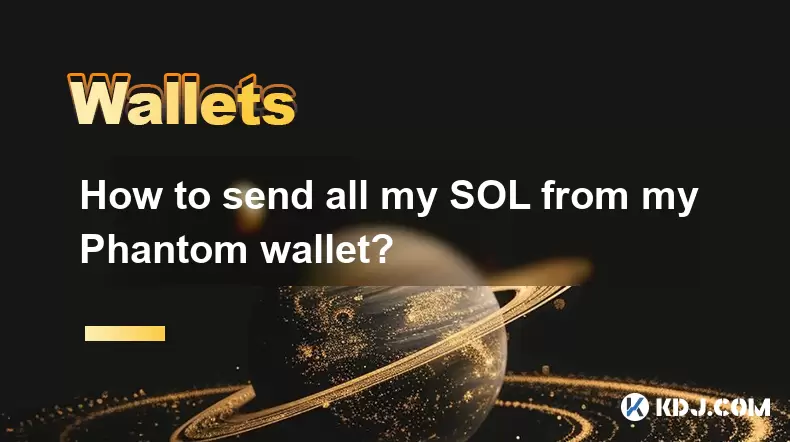-
 Bitcoin
Bitcoin $108,250.0992
0.11% -
 Ethereum
Ethereum $2,515.9404
0.03% -
 Tether USDt
Tether USDt $1.0003
0.00% -
 XRP
XRP $2.2166
-0.19% -
 BNB
BNB $656.5904
0.29% -
 Solana
Solana $147.4122
-0.58% -
 USDC
USDC $1.0000
-0.01% -
 TRON
TRON $0.2830
0.06% -
 Dogecoin
Dogecoin $0.1641
0.27% -
 Cardano
Cardano $0.5739
-0.19% -
 Hyperliquid
Hyperliquid $39.1463
-0.11% -
 Sui
Sui $2.8882
-0.02% -
 Bitcoin Cash
Bitcoin Cash $487.6428
0.31% -
 Chainlink
Chainlink $13.2097
0.07% -
 UNUS SED LEO
UNUS SED LEO $9.0308
0.10% -
 Avalanche
Avalanche $17.8608
0.13% -
 Stellar
Stellar $0.2379
-0.06% -
 Toncoin
Toncoin $2.7400
-0.39% -
 Shiba Inu
Shiba Inu $0.0...01144
-0.36% -
 Litecoin
Litecoin $87.5467
0.66% -
 Hedera
Hedera $0.1538
0.22% -
 Monero
Monero $315.5479
0.36% -
 Dai
Dai $1.0000
0.00% -
 Polkadot
Polkadot $3.3523
-0.71% -
 Ethena USDe
Ethena USDe $1.0003
0.01% -
 Bitget Token
Bitget Token $4.3960
-1.03% -
 Uniswap
Uniswap $7.2663
4.19% -
 Aave
Aave $272.8619
2.04% -
 Pepe
Pepe $0.0...09676
-0.18% -
 Pi
Pi $0.4586
-2.87%
How to participate in staking in Binance Wallet?
Binance Wallet offers various cryptocurrency staking options with varying APYs and lock-up periods, but users must understand risks like impermanent loss and prioritize strong security measures, including 2FA.
Mar 20, 2025 at 06:42 pm

Key Points:
- Binance Wallet supports staking for various cryptocurrencies, offering different reward rates and lock-up periods.
- The process involves transferring your cryptocurrency to the Binance Wallet, selecting the desired staking option, and locking up your assets for the specified period.
- Understanding the risks involved, such as impermanent loss for liquidity pools, is crucial before participating in staking.
- Binance Wallet provides a user-friendly interface, but thorough research on each staking option is recommended.
- Security measures, such as using a strong password and enabling two-factor authentication, are essential to protect your assets.
How to Participate in Staking in Binance Wallet?
Binance Wallet offers a convenient platform for users to participate in cryptocurrency staking. This involves locking up your digital assets to help secure a blockchain network and earn rewards in return. However, the process and available options vary depending on the specific cryptocurrency. Before you begin, ensure you have downloaded and set up the Binance Wallet application.
First, you need to acquire the cryptocurrency you wish to stake. You can purchase this through various exchanges, including Binance itself, and then transfer it to your Binance Wallet. This transfer usually involves using the appropriate network (e.g., BEP20 for Binance Smart Chain, ERC-20 for Ethereum). Remember to double-check the network you select to avoid irreversible loss of funds.
Once your cryptocurrency is in your Binance Wallet, navigate to the staking section. This section usually has a prominent tab or button on the main dashboard. You'll find a list of available staking options, categorized by cryptocurrency and staking type. Each option will display the associated annual percentage yield (APY), the lock-up period, and other relevant details.
Choosing the right staking option is crucial. Consider factors like the APY, the lock-up period (shorter periods offer less risk but potentially lower rewards), and the reputation of the project. Carefully review the terms and conditions before committing your assets. Some staking options may involve locking up your tokens for an extended period, and early withdrawal may incur penalties.
After selecting your preferred staking option, you'll be prompted to confirm the transaction. This usually involves reviewing the amount you're staking and the lock-up period. Double-check all details before proceeding. After confirmation, your cryptocurrency will be locked, and you'll begin earning staking rewards. These rewards are typically credited to your wallet periodically, according to the schedule specified for that particular staking program.
Binance Wallet offers different staking methods. Some are straightforward, involving locking your tokens for a set period. Others, like liquidity pools, involve providing liquidity to decentralized exchanges (DEXs). Understanding the difference is crucial. Liquidity pools offer potentially higher rewards, but they carry the risk of impermanent loss. Impermanent loss occurs when the relative price of the two tokens in the pool changes significantly during the staking period, resulting in a loss compared to simply holding the tokens.
Security is paramount when staking cryptocurrencies. Ensure your Binance Wallet is protected with a strong, unique password and enable two-factor authentication (2FA) for an extra layer of security. Avoid clicking on suspicious links or downloading untrusted applications. Regularly review your wallet transactions to ensure everything is as expected. Never share your seed phrase or private keys with anyone. Protecting your assets is your responsibility.
Many cryptocurrencies support staking on Binance Wallet, including but not limited to BNB, ADA, SOL, and many others. The availability and terms of staking for each coin can change, so always check the latest information on the Binance Wallet app before engaging in staking.
The staking process may vary slightly depending on the specific cryptocurrency and the version of the Binance Wallet app you are using. If you encounter any difficulties, consult the Binance Wallet's help center or support documentation. They provide comprehensive guides and tutorials to assist you.
Remember, while staking offers the potential for passive income, it also carries risks. Market volatility can impact the value of your staked assets, and there’s always the possibility of smart contract vulnerabilities or unexpected changes in staking program terms.
Frequently Asked Questions:
Q: What are the risks associated with staking on Binance Wallet?
A: Risks include impermanent loss (for liquidity pools), smart contract vulnerabilities, changes in staking rewards, and the inherent volatility of cryptocurrency prices. Your staked assets could decrease in value during the staking period.
Q: How often are staking rewards paid out?
A: The frequency of reward payouts varies depending on the specific staking program and cryptocurrency. Some pay daily, while others pay weekly or monthly. Check the details of your chosen staking option for precise payout information.
Q: Can I unstake my cryptocurrency before the lock-up period ends?
A: Generally, you can't unstake before the lock-up period expires. Attempting to do so might result in penalties, such as a reduction in your rewards or a complete forfeiture of rewards.
Q: What cryptocurrencies can I stake on Binance Wallet?
A: Binance Wallet supports staking for a wide range of cryptocurrencies. The exact list changes over time, so refer to the Binance Wallet app for the most up-to-date information.
Q: Is staking on Binance Wallet safe?
A: Binance Wallet employs security measures, but no platform is entirely risk-free. Always practice good security habits, including using a strong password, enabling 2FA, and regularly reviewing your wallet activity. The security of your assets ultimately rests on your own security practices.
Disclaimer:info@kdj.com
The information provided is not trading advice. kdj.com does not assume any responsibility for any investments made based on the information provided in this article. Cryptocurrencies are highly volatile and it is highly recommended that you invest with caution after thorough research!
If you believe that the content used on this website infringes your copyright, please contact us immediately (info@kdj.com) and we will delete it promptly.
- BNB, Nano Labs, and Binance: A $160 Million Crypto Play
- 2025-07-06 12:30:13
- Bitcoin, Taxing, and Fund Managers: Navigating the Crypto Maze in NYC
- 2025-07-06 12:50:14
- Debt Ceiling, Trump, and Bitcoin's Allure: A New York Minute on Fiscal Policy
- 2025-07-06 12:30:13
- Bitcoin, Ethereum, and Crypto Gains: What's Hot in the NYC Crypto Scene?
- 2025-07-06 13:10:15
- Zerion: Real-Time Portfolio Tracking Revolutionized
- 2025-07-06 13:10:15
- Bitcoin Transfer, Market Dip, and Speculation: Decoding the Crypto Whale's Moves
- 2025-07-06 12:35:13
Related knowledge

How to cancel a pending transaction in Phantom wallet?
Jul 03,2025 at 07:21pm
Understanding Pending Transactions in Phantom WalletA pending transaction in the Phantom wallet occurs when a user initiates a transfer or interaction with the Solana blockchain, but it hasn't yet been confirmed by the network. This can happen due to various reasons such as low transaction fees, network congestion, or incorrect gas settings. It's import...

How to see the estimated value of my tokens in Phantom wallet?
Jul 04,2025 at 12:21am
What is Phantom Wallet?Phantom wallet is one of the most popular cryptocurrency wallets designed for the Solana blockchain. It allows users to store, send, receive, and manage various tokens built on Solana, including SPL tokens and NFTs. The wallet offers a user-friendly interface, making it accessible for both beginners and advanced users in the crypt...

How to lock my Phantom wallet extension?
Jul 03,2025 at 11:14am
What Is the Phantom Wallet and Why Lock It?The Phantom wallet is a popular non-custodial cryptocurrency wallet designed for interacting with the Solana blockchain. Supporting both browser extensions and mobile apps, Phantom allows users to store, send, receive, and stake SOL tokens, as well as interact with decentralized applications (dApps). Securing y...

Does Phantom wallet offer two-factor authentication (2FA)?
Jul 03,2025 at 09:00am
Understanding Phantom Wallet and Its Security FeaturesPhantom wallet is a widely used non-custodial cryptocurrency wallet that supports the Solana blockchain. It allows users to store, send, receive, and interact with decentralized applications (dApps) seamlessly. As security is a top priority for any crypto wallet user, security features like two-facto...

How to send all my SOL from my Phantom wallet?
Jul 06,2025 at 10:00am
Preparing to Send SOL from Your Phantom WalletBefore initiating any transaction, it is crucial to ensure that your Phantom wallet is fully set up and connected to the correct network. Phantom supports multiple networks, but for sending SOL, you must be on the Solana blockchain. Confirm this by checking the network indicator in the top-right corner of th...

What is "rent" on Solana and how does it affect my Phantom wallet?
Jul 02,2025 at 08:35pm
Understanding 'Rent' on SolanaIn the context of Solana, the term 'rent' refers to a storage fee that users pay for maintaining data on the blockchain. Unlike Ethereum, where storage costs are paid once via gas fees during contract deployment, Solana implements a recurring cost model to ensure efficient usage of network resources. This means that any acc...

How to cancel a pending transaction in Phantom wallet?
Jul 03,2025 at 07:21pm
Understanding Pending Transactions in Phantom WalletA pending transaction in the Phantom wallet occurs when a user initiates a transfer or interaction with the Solana blockchain, but it hasn't yet been confirmed by the network. This can happen due to various reasons such as low transaction fees, network congestion, or incorrect gas settings. It's import...

How to see the estimated value of my tokens in Phantom wallet?
Jul 04,2025 at 12:21am
What is Phantom Wallet?Phantom wallet is one of the most popular cryptocurrency wallets designed for the Solana blockchain. It allows users to store, send, receive, and manage various tokens built on Solana, including SPL tokens and NFTs. The wallet offers a user-friendly interface, making it accessible for both beginners and advanced users in the crypt...

How to lock my Phantom wallet extension?
Jul 03,2025 at 11:14am
What Is the Phantom Wallet and Why Lock It?The Phantom wallet is a popular non-custodial cryptocurrency wallet designed for interacting with the Solana blockchain. Supporting both browser extensions and mobile apps, Phantom allows users to store, send, receive, and stake SOL tokens, as well as interact with decentralized applications (dApps). Securing y...

Does Phantom wallet offer two-factor authentication (2FA)?
Jul 03,2025 at 09:00am
Understanding Phantom Wallet and Its Security FeaturesPhantom wallet is a widely used non-custodial cryptocurrency wallet that supports the Solana blockchain. It allows users to store, send, receive, and interact with decentralized applications (dApps) seamlessly. As security is a top priority for any crypto wallet user, security features like two-facto...

How to send all my SOL from my Phantom wallet?
Jul 06,2025 at 10:00am
Preparing to Send SOL from Your Phantom WalletBefore initiating any transaction, it is crucial to ensure that your Phantom wallet is fully set up and connected to the correct network. Phantom supports multiple networks, but for sending SOL, you must be on the Solana blockchain. Confirm this by checking the network indicator in the top-right corner of th...

What is "rent" on Solana and how does it affect my Phantom wallet?
Jul 02,2025 at 08:35pm
Understanding 'Rent' on SolanaIn the context of Solana, the term 'rent' refers to a storage fee that users pay for maintaining data on the blockchain. Unlike Ethereum, where storage costs are paid once via gas fees during contract deployment, Solana implements a recurring cost model to ensure efficient usage of network resources. This means that any acc...
See all articles

























































































